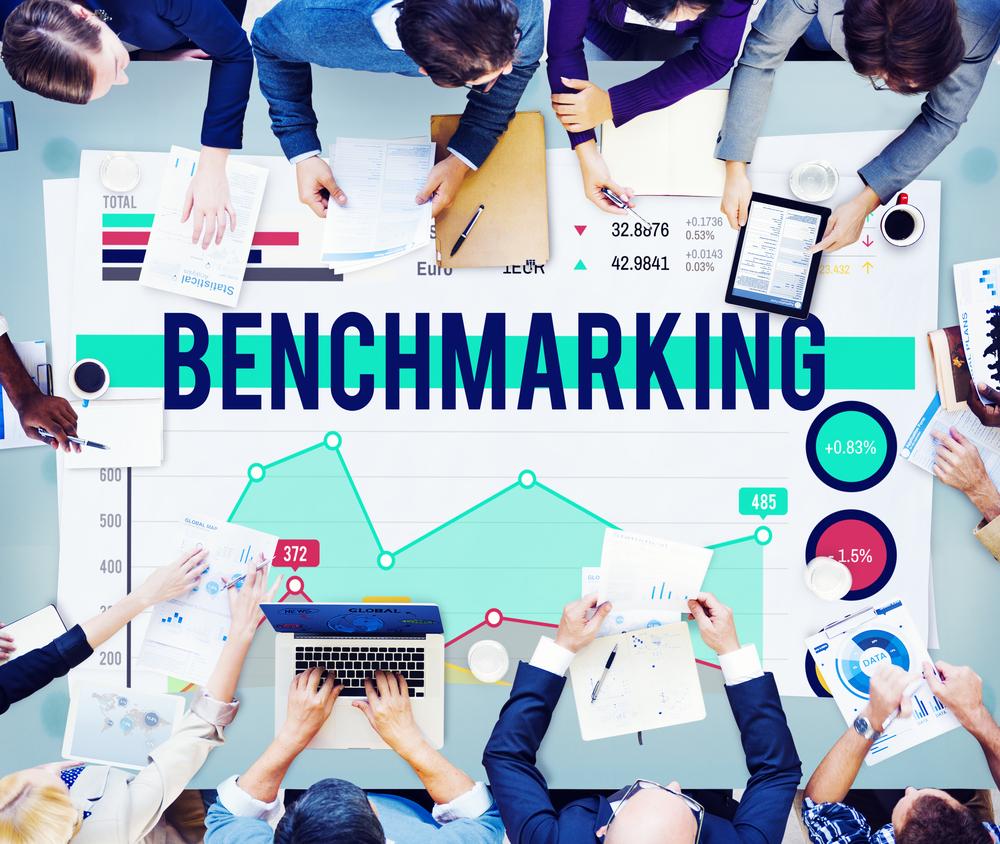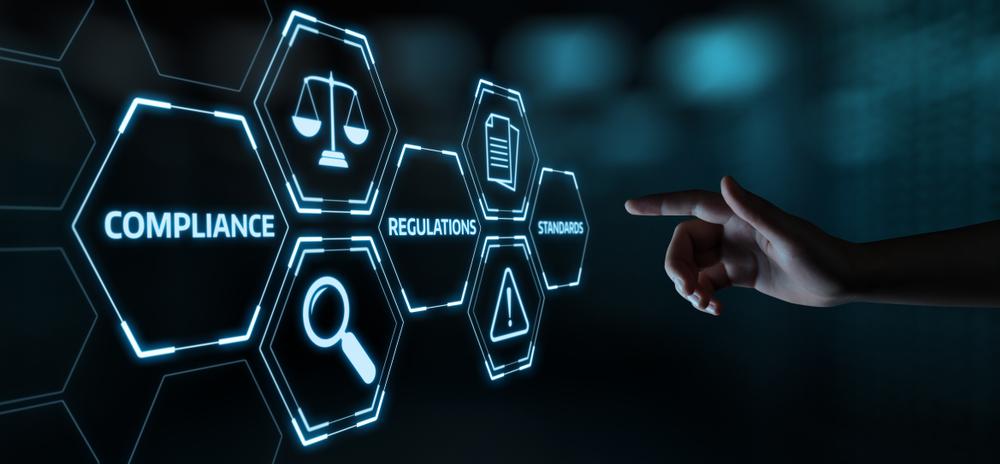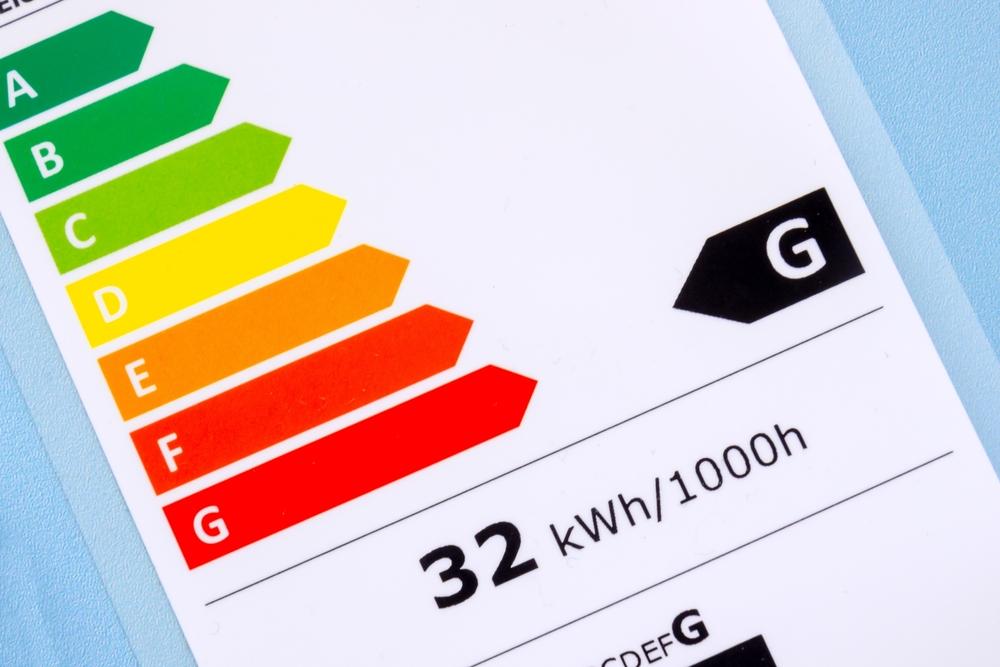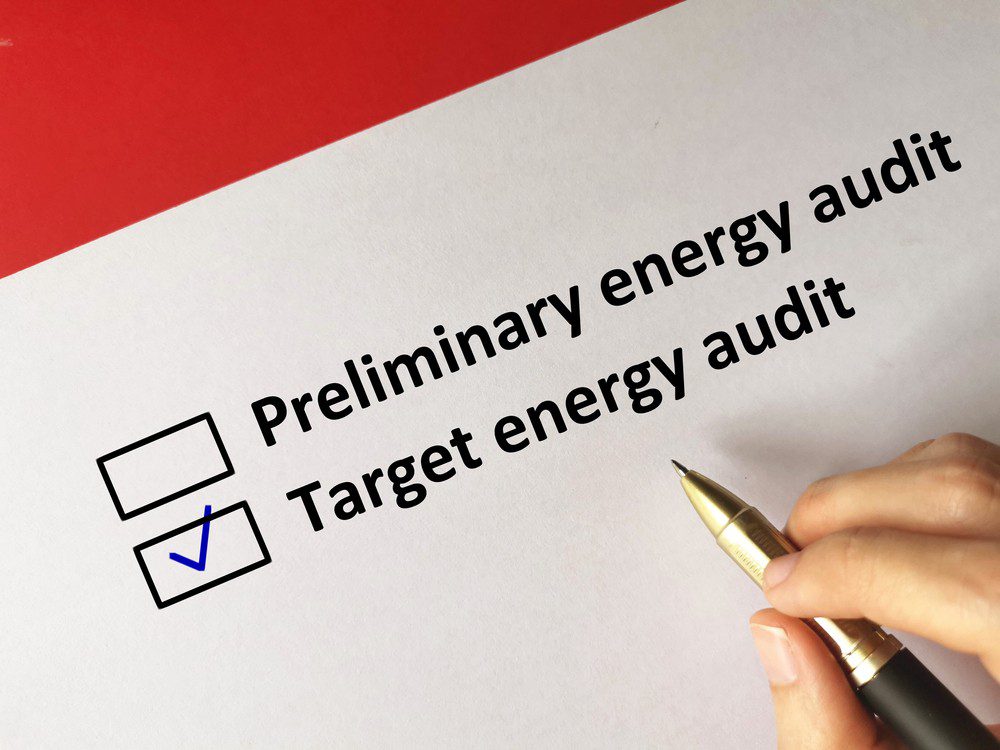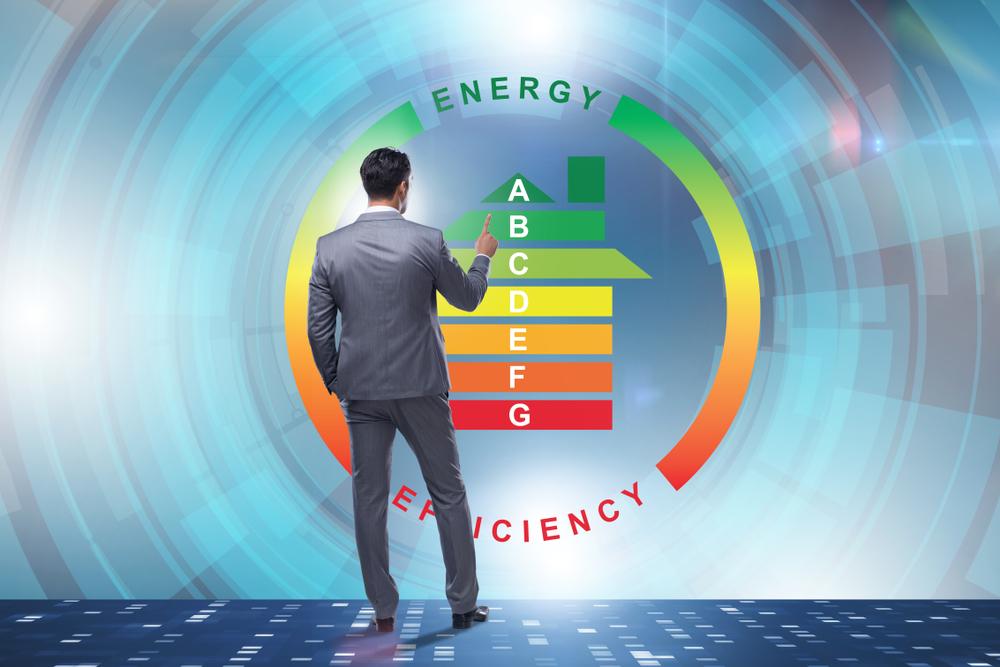In a world brimming with technological advancements and a growing concern for environmental sustainability, the quest for optimal energy consumption has become an imperative. Imagine possessing a compass that not only points towards energy efficiency but also illuminates the path to reduced costs and a greener footprint. Enter the realm of energy benchmarking, a dynamic process that unveils insights and strategies to elevate energy performance. In this comprehensive guide, we embark on a journey through the intricate steps of conducting an energy benchmarking analysis, unearthing the transformative benefits that await those who dare to embark on this trailblazing path.
Understanding Energy Benchmarking
Energy benchmarking is the methodical process of evaluating and contrasting the energy performance of various facilities, businesses, or sectors. Its main objective is to present a precise picture of energy usage and to pinpoint possible areas for improvement. Organizations may learn more about their current levels of energy efficiency and develop reasonable goals for improvement by comparing their energy consumption to recognized standards.
Businesses may use benchmarking to compare their performance to that of industry leaders, learn from best practices, and put into practice initiatives that help save money and protect the environment. Energy benchmarking has become a vital instrument in accomplishing energy-related goals as the world’s attention on sustainability grows.
Preparing for Energy Benchmarking
The journey towards effective energy benchmarking begins with meticulous preparation. Gathering accurate and relevant data is essential to ensure meaningful benchmarking results. Start by collecting utility bills, facility information, and operational data for the time period you intend to analyze. This data will serve as the foundation upon which your benchmarking analysis will be built.
Another vital aspect of preparation involves defining the scope of your analysis. Determine the boundaries of your assessment, whether it’s specific buildings, areas within a facility, or particular processes. This step is essential for obtaining accurate comparisons and avoiding potential discrepancies in your benchmarking results. Additionally, establish clear and measurable goals for the benchmarking analysis. Do you aim to reduce energy consumption by a certain percentage? Are you striving to achieve a specific energy efficiency certification? Defining your objectives provides direction and purpose to your benchmarking efforts.
Data Collection and Analysis

Accurate data collection is the cornerstone of effective energy benchmarking. Without reliable data, the insights drawn from the analysis may lead to misguided decisions. Collect a wide range of data, including energy consumption figures, square footage, occupancy rates, and operational hours. Comprehensive data collection enables a thorough analysis of energy performance.
Data analysis involves more than merely comparing numbers. To ensure accuracy, it’s crucial to normalize the data by accounting for variables that can influence energy consumption. Variables such as weather conditions, occupancy fluctuations, and production levels should be factored in to provide a fair comparison between different time periods or facilities.
Energy benchmarking metrics play a pivotal role in this phase. One such metric is Energy Use Intensity (EUI), which measures energy consumption per unit area. EUI allows for effective comparisons between facilities of varying sizes and purposes. Another metric worth considering is the ENERGY STAR score, a comparative rating that provides insight into a facility’s energy efficiency relative to similar buildings.
Thankfully, software tools are available to simplify the data analysis process. These tools help streamline data collection, normalization, and metric calculations, making the benchmarking process more efficient and accurate.
Identifying Baselines and Metrics
Before delving into benchmarking analysis, it’s essential to establish reliable baselines. A baseline serves as the reference point against which energy performance will be measured. By having a consistent and credible baseline, organizations can accurately gauge their progress and the effectiveness of energy-saving measures.
The choice of benchmarking metrics is equally critical. Energy Use Intensity (EUI) and ENERGY STAR scores are two widely used metrics in the energy benchmarking realm. EUI offers a standardized way to compare energy consumption across different building sizes, while ENERGY STAR scores provide a numerical representation of a facility’s energy efficiency. Understanding these metrics and their implications is vital for accurate analysis and interpretation.
Benchmarking Analysis and Interpretation
The benchmarking analysis phase is where the data comes to life. By comparing your organization’s energy performance against industry averages or similar facilities, you can uncover patterns and trends that may have otherwise gone unnoticed. Identifying areas of improvement is a key objective during this phase.
Analyze your benchmarking results comprehensively, looking for outliers and deviations from the established benchmarks. These deviations can highlight areas where your organization is either excelling or underperforming in terms of energy consumption. By understanding the reasons behind these deviations, you can make informed decisions about where to focus your energy-saving efforts.
Interpreting benchmarking results involves a thoughtful approach. If your facility’s energy consumption is above the benchmark, this could indicate potential inefficiencies that need attention. Conversely, if your consumption is significantly lower, it might suggest successful energy-saving practices that others could adopt.
Prioritizing energy-saving opportunities based on benchmarking analysis is crucial. Identify areas where improvements can be made and rank them according to their potential impact and feasibility. This approach allows for a targeted and strategic allocation of resources for maximum energy efficiency gains.
Developing an Action Plan

Armed with insights from your benchmarking analysis, the next step is to create a comprehensive action plan. This plan outlines the strategies, initiatives, and changes required to enhance energy efficiency. Developing a successful action plan involves several key considerations.
First, ensure that your goals are SMART: Specific, Measurable, Achievable, Relevant, and Time-bound. This framework ensures that your goals are well-defined and provide a clear roadmap for implementation. Engaging relevant stakeholders is also crucial for the success of your action plan. By involving employees, management, and even external partners, you can harness a diverse range of expertise and perspectives, increasing the likelihood of successful implementation.
When crafting your action plan, consider a variety of energy-saving initiatives. This could range from investing in energy-efficient equipment and technologies to promoting behavioral changes among staff. Operational improvements, such as optimizing processes to reduce energy consumption, should also be part of the plan. Remember, a well-rounded approach is more likely to yield lasting energy efficiency improvements.
Implementing and Monitoring Progress
Putting your action plan into action requires careful execution and continuous monitoring. Allocate the necessary resources to ensure that the initiatives are implemented effectively. Regular monitoring and data collection are essential to track progress and assess the impact of implemented changes.
The execution phase is dynamic, and flexibility is key. As you monitor progress, be prepared to adapt your action plan based on real-time feedback and changing circumstances. Regular reviews of your energy-saving initiatives can uncover unexpected challenges or opportunities, allowing you to fine-tune your strategies for optimal results.
Benefits of Energy Benchmarking
The benefits of energy benchmarking extend far beyond the analysis phase. By improving energy efficiency, organizations can achieve multiple advantages:
– Cost Savings: Enhanced energy efficiency directly translates to reduced energy bills, resulting in substantial cost savings over time.
– Environmental Impact: Lower energy consumption contributes to reduced carbon emissions and a smaller ecological footprint, supporting sustainability goals.
– Competitiveness: Demonstrating a commitment to energy efficiency enhances an organization’s competitiveness and reputation in an increasingly environmentally conscious marketplace.
– Data-Driven Decision-Making: Benchmarking analysis provides objective data that empowers informed decision-making for both short-term and long-term strategies.
Conclusion
As we conclude this enlightening expedition into the realm of energy benchmarking, remember that each step you take towards efficiency resonates far beyond the confines of your organization. You’re not just deciphering data; you’re contributing to a sustainable legacy. So, armed with insights and armed with ambition, embrace energy benchmarking as your compass, guiding you towards a future where efficiency, economy, and ecology harmoniously coexist. The path to a brighter, more sustainable tomorrow begins with the strides you take today.
Take charge of your property’s energy efficiency with Vertpro.com – the trusted leader in Commercial Energy Audit and Benchmark Compliance consultancy. Our acclaimed team delivers innovative SaaS technology-based solutions, making energy compliance a breeze for Building Owners & Property Managers nationwide. From Energy Benchmarking to Energy Audits/RCx Plus and a cutting-edge Construction Marketplace, we ensure adherence to over 50 Energy Benchmarking & Energy Efficiency Laws. Unleash substantial cost savings and elevate your property’s sustainability with Vertpro.com. Don’t miss out on maximizing your energy potential – explore our solutions today!

